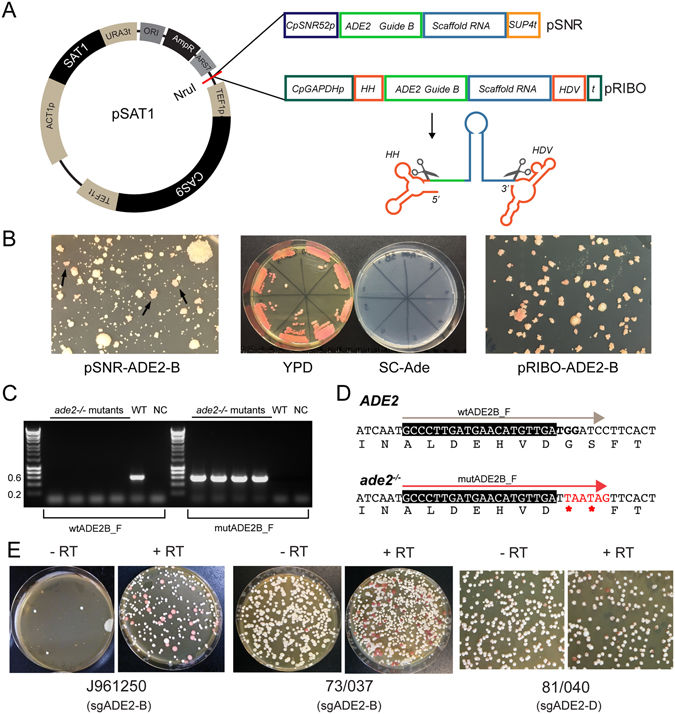Candida parapsilosis is one of the most common causes of candidiasis, particularly in the very young and the very old. Studies of gene function are limited by the lack of a sexual cycle, the diploid genome, and a paucity of molecular tools. We describe here the development of a plasmid-based CRISPR-Cas9 system for gene editing in C. parapsilosis. A major advantage of the system is that it can be used in any genetic background, which we showed by editing genes in 20 different isolates. Gene editing is carried out in a single transformation step. The CAS9 gene is expressed only when the plasmid is present, and it can be removed easily from transformed strains. There is theoretically no limit to the number of genes that can be edited in any strain. Gene editing is increased by homology-directed repair in the presence of a repair template. Editing by non-homologous end joining (NHEJ) also occurs in some genetic backgrounds. Finally, we used the system to introduce unique tags at edited sites.


